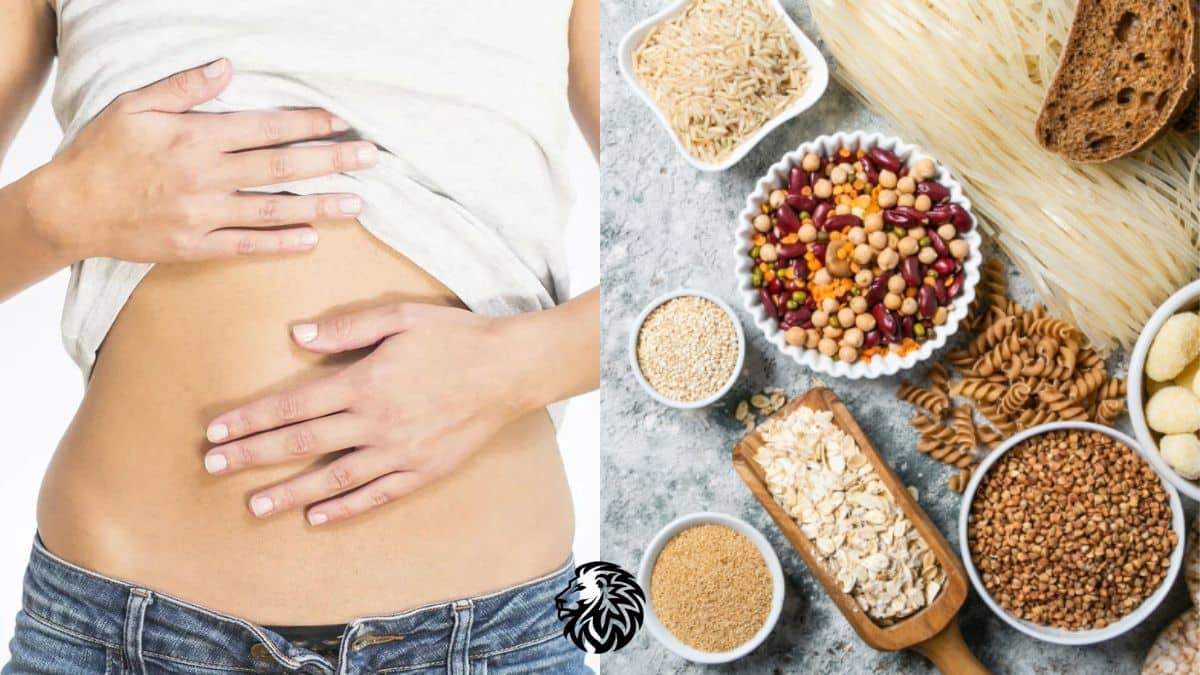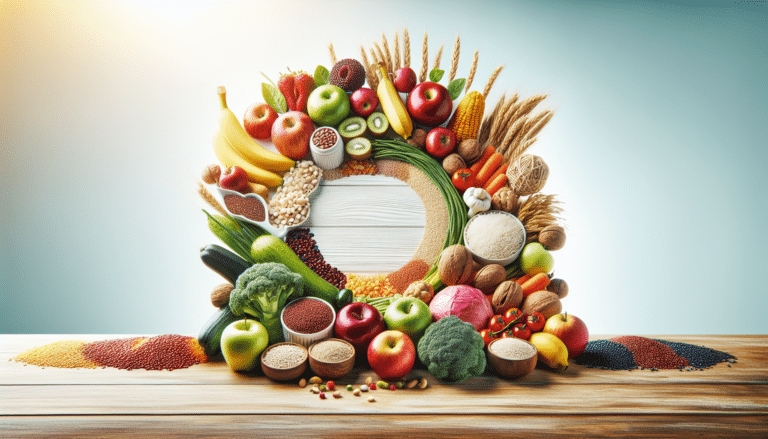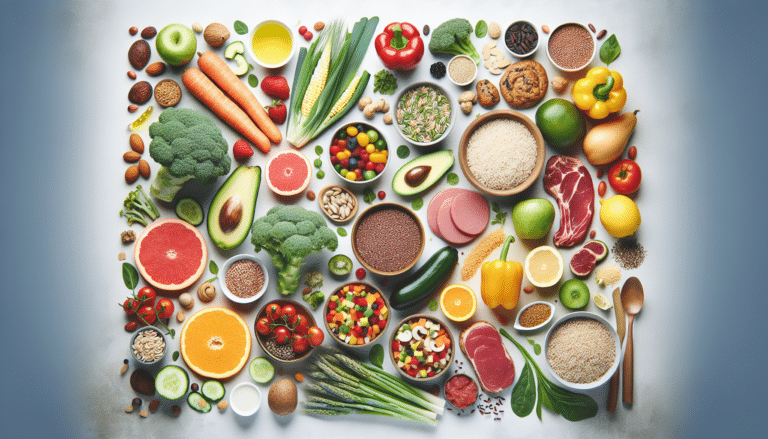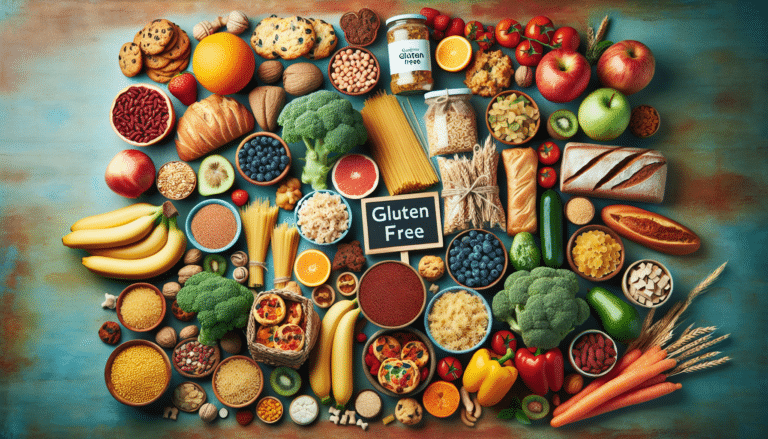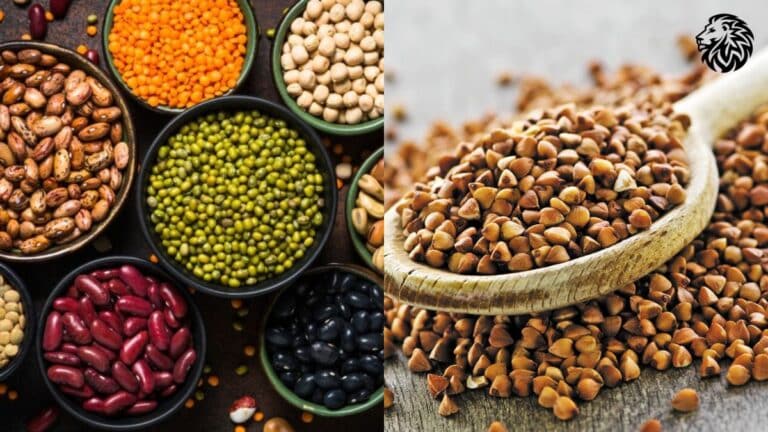In recent years, the gluten-free diet has gained substantial popularity, not just among those with gluten-related disorders but also among individuals seeking weight loss and a healthier lifestyle. Gluten, a protein found in wheat, barley, and rye, can cause adverse health effects for individuals with celiac disease, non-celiac gluten sensitivity, or wheat allergy. In these cases, consuming gluten triggers an immune response that can damage the small intestine’s lining, leading to symptoms like abdominal pain, bloating, and nutrient malabsorption.
The trend of adopting a gluten-free diet for weight loss is based on the notion that eliminating gluten-containing foods can lead to a reduction in overall calorie intake. However, it is crucial to understand that gluten-free does not automatically equate to healthier or lower in calories. In fact, many gluten-free products on the market may be higher in sugar and fat to compensate for changes in texture and flavor, potentially leading to weight gain if consumed in excess.
Choosing a gluten-free diet for weight loss should involve a mindful approach to eating, focusing on natural, unprocessed foods rather than merely replacing regular junk food with its gluten-free counterpart. It’s important for individuals to recognize that a balanced diet, regardless of gluten content, is key to achieving and maintaining a healthy weight. This article aims to guide those interested in a gluten-free diet for weight loss, emphasizing the importance of nutritious food choices and overall dietary balance.
Understanding Gluten-Free Diet
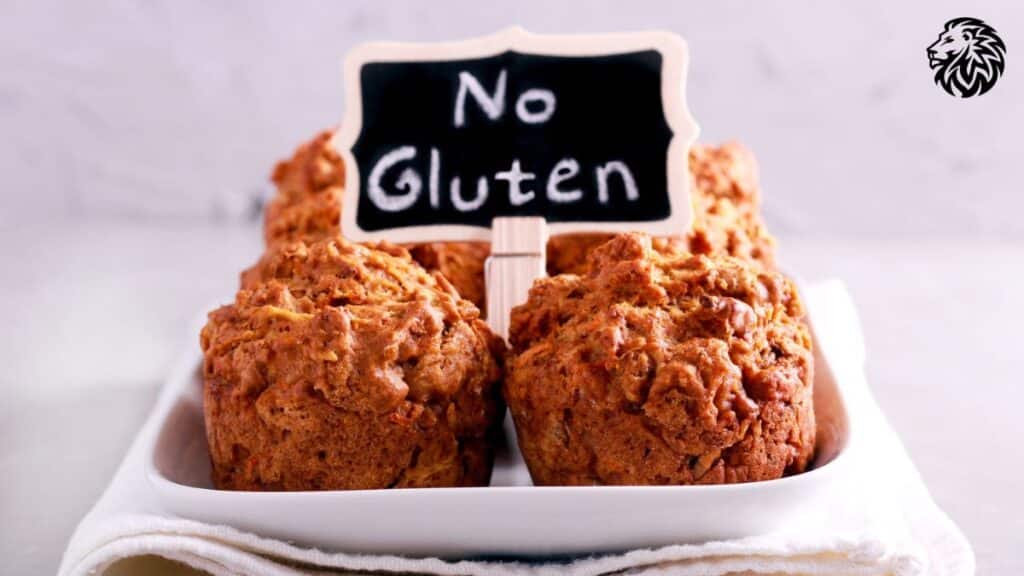
A gluten-free diet involves the exclusion of gluten, a protein composite found in grains such as wheat, barley, and rye. This diet is essential for individuals with certain medical conditions, but it has also become popular among those seeking various health benefits, including weight loss.
- Definition of a Gluten-Free Diet:
- At its core, a gluten-free diet requires avoiding all foods that contain gluten. This includes obvious sources like bread and pasta made from wheat, barley, and rye, as well as less apparent ones like sauces, dressings, and beer which often contain hidden gluten.
- Gluten-free alternatives are made from gluten-free grains such as rice, corn, quinoa, buckwheat, and certified gluten-free oats.
- Medical Reasons for Following a Gluten-Free Diet:
- Celiac Disease: The most compelling reason for a strict gluten-free diet is celiac disease, an autoimmune disorder. In celiac patients, ingestion of gluten leads to damage in the small intestine, impairing nutrient absorption and leading to various health issues.
- Non-Celiac Gluten Sensitivity: Individuals with this condition experience symptoms similar to those of celiac disease (like abdominal pain, bloating, and diarrhea) without the intestinal damage.
- Wheat Allergy: For those with a wheat allergy, consuming wheat (a source of gluten) triggers an allergic reaction, which can range from mild (such as a rash) to severe (like anaphylaxis).
- Common Misconceptions About Gluten-Free Diets:
- Not Inherently Healthier: There’s a common belief that gluten-free automatically means healthier, which is not necessarily true. Many gluten-free products are highly processed and can be high in sugar, fat, and calories.
- Weight Loss Guarantee: Simply switching to gluten-free foods doesn’t guarantee weight loss. It’s the overall quality and quantity of the diet that matters most.
- Nutritional Deficiencies: Some assume that a gluten-free diet is nutritionally superior. However, gluten-containing grains are a major source of B vitamins, fiber, and iron in many diets, so removing them without proper substitutes can lead to deficiencies.
Understanding the specifics of a gluten-free diet and its intended purpose is crucial. It’s not a one-size-fits-all solution and should be tailored to individual health needs and goals. For those considering this diet for weight loss or health reasons beyond medical necessity, it’s important to do so under the guidance of a healthcare professional or a dietitian to ensure nutritional adequacy and overall well-being.
Basics of Weight Loss
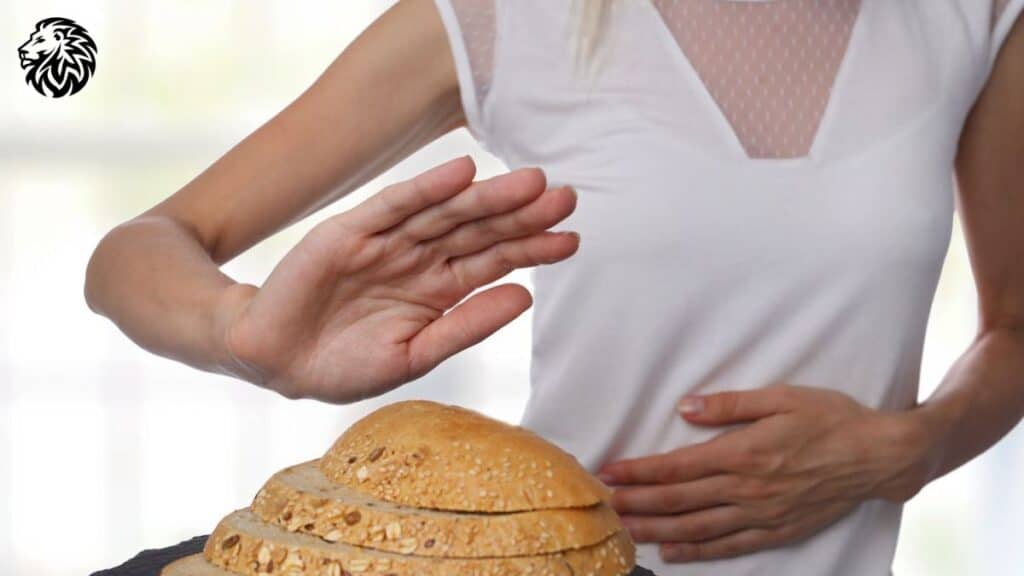
The journey of weight loss can often seem complex and daunting, but at its core, it revolves around some fundamental principles. Understanding these basics can help anyone looking to lose weight, whether on a gluten-free diet or otherwise.
- Explanation of Caloric Deficit for Weight Loss:
- Fundamental Concept: Weight loss essentially occurs when the body burns more calories than it consumes. This state, known as a caloric deficit, forces the body to utilize stored fat for energy, leading to weight loss.
- Calculating Deficit: A caloric deficit can be achieved either by reducing caloric intake (eating less) or increasing caloric expenditure (exercising more). A commonly suggested starting point is a deficit of 500 calories per day, which roughly equates to losing about a pound a week.
- Sustainability: It’s important that the caloric deficit is not too extreme, as this can lead to muscle loss, a slowed metabolism, and potential nutritional deficiencies.
- Importance of Balanced Nutrition While Losing Weight:
- Quality of Calories: Not all calories are created equal. Focusing on nutrient-dense foods, such as fruits, vegetables, lean proteins, and whole grains (gluten-free if necessary), can provide the body with the necessary vitamins, minerals, and other nutrients.
- Avoiding Nutritional Deficiencies: Especially on a gluten-free diet, attention must be paid to replacing the nutrients commonly found in gluten-containing foods.
- Feeling Satiated: A balanced diet helps in managing hunger and cravings, making it easier to stick to a calorie-controlled eating plan.
- The Role of Exercise in Weight Loss:
- Boosting Caloric Expenditure: Exercise increases the number of calories your body uses for energy, contributing to the caloric deficit needed for weight loss.
- Building Muscle Mass: Resistance training, in particular, helps in building muscle mass. Muscle tissue burns more calories at rest compared to fat tissue, thus aiding in weight loss and maintenance.
- Improving Overall Health: Beyond weight loss, regular physical activity improves cardiovascular health, strengthens bones, and enhances mental well-being.
Combining these elements – creating a caloric deficit through a balanced diet and regular exercise – is the key to successful weight loss. It’s essential to approach weight loss as a gradual and sustainable lifestyle change rather than a quick fix, ensuring long-term health and well-being. For those on a gluten-free diet, this becomes even more critical, as the diet requires careful planning to ensure nutritional needs are met while still achieving the desired caloric deficit for weight loss.
Gluten-Free Foods to Include
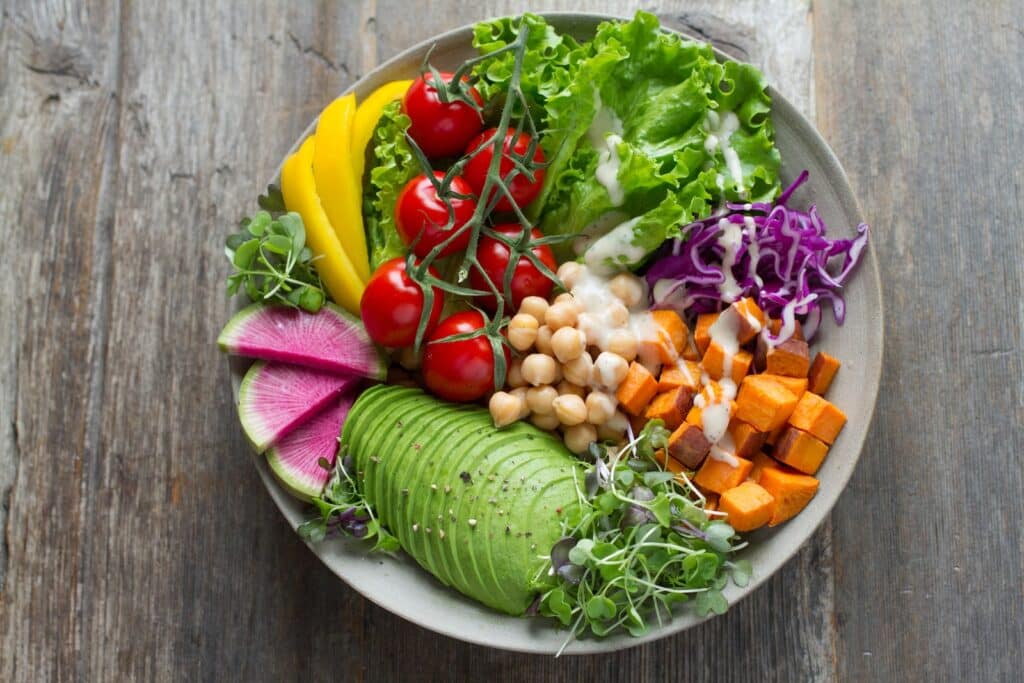
Adopting a gluten-free diet for weight loss involves careful consideration of food choices to ensure nutritional balance and satisfaction. Including a variety of whole, unprocessed foods and gluten-free grains can make the diet both effective and enjoyable.
- Whole Foods:
- Fruits and Vegetables: These are naturally gluten-free and should form the cornerstone of any healthy diet. They are low in calories and high in vitamins, minerals, and fiber, which is crucial for digestion and satiety.
- Lean Meats and Fish: Sources of high-quality protein like chicken, turkey, lean cuts of beef, and fish are essential for a balanced gluten-free diet. They help in muscle building and repair and keep you feeling full longer.
- Dairy Products (If Tolerated): Dairy items like milk, cheese, and yogurt (excluding those with added flavors or ingredients that may contain gluten) are good sources of calcium and protein. However, some individuals may need to opt for lactose-free or dairy alternatives due to intolerance or personal preference.
- Gluten-Free Grains:
- Quinoa: A complete protein containing all nine essential amino acids, quinoa is also high in fiber and various vitamins and minerals.
- Rice: Both brown and white rice are gluten-free and versatile, forming a staple in many diets.
- Buckwheat: Despite its name, buckwheat is unrelated to wheat and is a nutritious, fiber-rich grain.
- Millet: This lesser-known grain is a good source of antioxidants and can be a healthy addition to a gluten-free diet.
- Importance of Fiber and Protein in Feeling Full and Satisfied:
- Fiber: Foods high in fiber, such as fruits, vegetables, and certain gluten-free grains, help to regulate digestion and can keep you feeling full for longer periods. This aids in weight management by reducing the likelihood of overeating.
- Protein: High-protein foods are essential for muscle maintenance and repair, especially if you are incorporating exercise into your weight loss plan. Protein is also known for its ability to induce satiety, which can help in managing hunger pangs and reducing overall calorie intake.
Incorporating these gluten-free food options into your diet can help ensure that your nutritional needs are met while also aiding in weight loss. It’s important to remember that while these foods are beneficial, portion control and overall balance in your diet are key factors in achieving and maintaining a healthy weight.
Foods to Avoid or Limit

While a gluten-free diet can be a healthy choice, especially for those with gluten sensitivities or celiac disease, not all gluten-free foods are inherently beneficial for weight loss or overall health. It’s important to be cautious of certain gluten-free foods that could hinder weight loss efforts or negatively impact health.
- High-Calorie Gluten-Free Processed Foods:
- Processed Gluten-Free Alternatives: Many gluten-free versions of bread, pasta, and other baked goods are often higher in calories and lower in nutritional value compared to their gluten-containing counterparts. They may contain refined flours, added sugars, and fats to improve taste and texture.
- Over-Reliance on Processed Options: Relying heavily on processed gluten-free products can lead to an increase in calorie intake and decrease in overall nutritional quality of the diet.
- Sugary Gluten-Free Snacks and Desserts:
- Hidden Sugars: Gluten-free snacks and desserts, such as cookies, cakes, and candies, often contain high amounts of sugar to enhance flavor, making them calorie-dense and low in essential nutrients.
- Impact on Blood Sugar Levels: These high-sugar foods can lead to spikes in blood sugar and insulin levels, potentially leading to increased fat storage, hunger, and cravings.
- Gluten-Free Foods High in Unhealthy Fats:
- Unhealthy Fat Sources: Some gluten-free products increase fat content, particularly saturated and trans fats, to improve texture and palatability. These fats are not heart-healthy and can contribute to weight gain and increased risk of cardiovascular diseases.
- Reading Labels: It’s essential to read nutrition labels on gluten-free products to check for high fat content, especially saturated and trans fats.
It’s important to remember that a gluten-free label does not automatically make a product healthy or conducive to weight loss. When following a gluten-free diet for weight loss, the focus should be on whole, unprocessed foods, and any gluten-free processed foods should be consumed in moderation. Being mindful of the nutritional content and portion sizes of gluten-free foods is key to successfully losing weight and maintaining overall health.
Meal Planning and Preparation
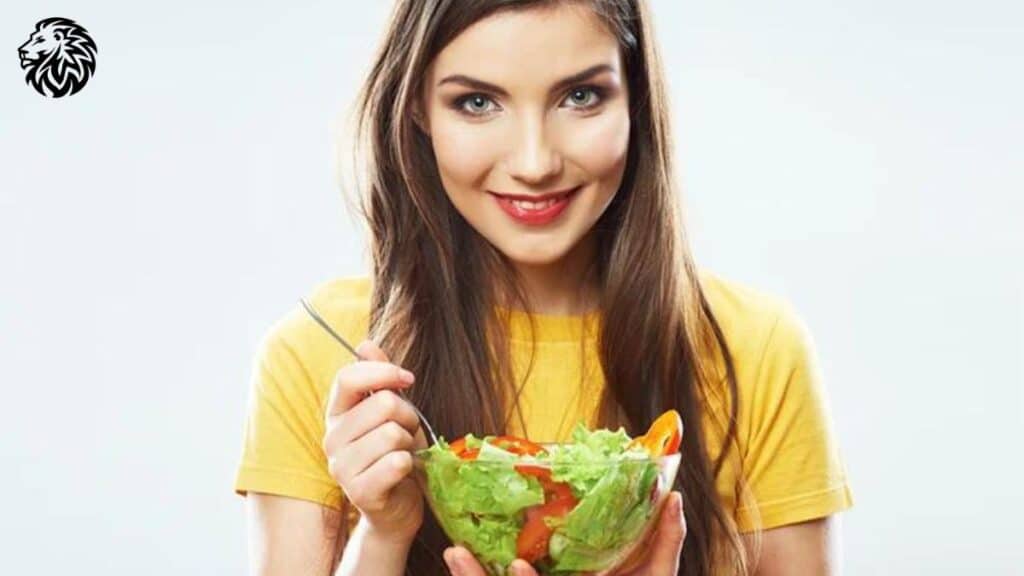
Successfully adhering to a gluten-free diet for weight loss involves thoughtful meal planning and preparation. This ensures a well-balanced diet while avoiding accidental gluten consumption and maintaining portion control.
- Tips for Planning Gluten-Free Meals:
- Start with Whole Foods: Base your meals around naturally gluten-free whole foods like fruits, vegetables, lean proteins, and gluten-free grains. This approach reduces the reliance on processed gluten-free products.
- Plan Ahead: Take time each week to plan your meals. This helps in grocery shopping, reduces food waste, and avoids the temptation to eat out or choose less healthy options.
- Batch Cooking and Meal Prepping: Prepare meals in batches and store them in portions. This saves time and ensures you have healthy, gluten-free meals readily available.
- Experiment with Recipes: There are numerous gluten-free recipes available online. Experimenting with new recipes can keep the diet interesting and enjoyable.
- Suggestions for Healthy Gluten-Free Snacks:
- Fruit and Nuts: A handful of nuts paired with fresh fruit is a nutritious snack option that provides a good balance of protein, healthy fats, and carbohydrates.
- Greek Yogurt and Berries: Greek yogurt (ensure it’s gluten-free) with berries is a great source of protein and antioxidants.
- Vegetable Sticks and Hummus: Sliced vegetables like carrots, cucumbers, and bell peppers with hummus make for a crunchy and satisfying snack.
- Gluten-Free Rice Cakes: Topped with avocado or almond butter for a quick and easy option.
- Importance of Portion Control:
- Avoid Overeating: Even healthy, gluten-free foods can contribute to weight gain if eaten in excessive amounts. Being mindful of portion sizes is crucial.
- Use Measuring Tools: Utilize measuring cups, spoons, or a food scale to ensure accurate portion sizes, especially for calorie-dense foods like nuts and oils.
- Listen to Your Body: Pay attention to hunger and fullness cues. Eating slowly and mindfully can help recognize when you are satisfied, reducing the likelihood of overeating.
Meal planning and preparation are key components of a successful gluten-free diet for weight loss. By focusing on whole, unprocessed foods and being mindful of portion sizes, you can ensure that your diet is not only gluten-free but also conducive to your weight loss goals. Remember, the quality of the food is just as important as its gluten-free status.
Understanding Labels and Gluten-Free Certification
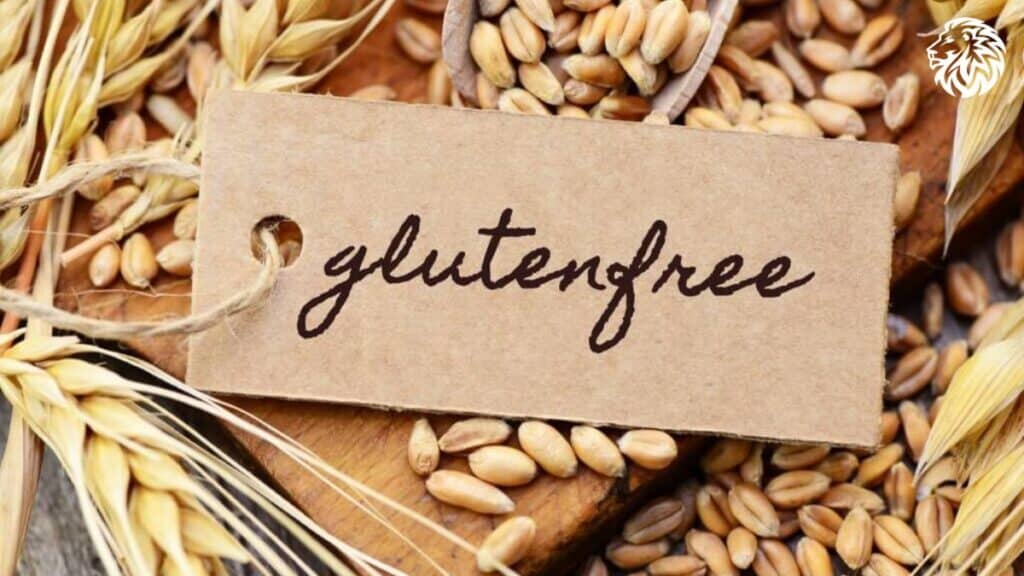
Navigating food labels is a crucial skill for anyone on a gluten-free diet, especially for individuals with celiac disease for whom gluten exposure can have serious health consequences. Understanding how to identify gluten in ingredients and the significance of gluten-free certification can make this task easier and safer.
- How to Read Food Labels for Gluten Ingredients:
- Identify Gluten-Containing Ingredients: Gluten is commonly found in wheat, barley, rye, and triticale. Look for these terms on ingredient lists. Also be aware of derivatives like malt (which is usually made from barley) and wheat starch.
- Hidden Gluten: Gluten can hide in less obvious products like soy sauce, salad dressings, and even some types of candy. Learning to recognize less obvious sources of gluten is essential.
- Cross-Contamination Warnings: Pay attention to statements like “processed in a facility that also processes wheat,” which indicate a risk of cross-contamination.
- Importance of Gluten-Free Certification for Those with Celiac Disease:
- Guarantee of Safety: Gluten-free certification on a product label indicates that the food has been independently tested and meets strict standards for gluten content, typically less than 20 parts per million (ppm), which is generally considered safe for people with celiac disease.
- Reduced Risk of Cross-Contamination: Certified gluten-free products are less likely to be cross-contaminated during manufacturing. This is crucial for those with celiac disease, as even small amounts of gluten can trigger an immune response.
- Trust and Convenience: Relying on certified gluten-free products can alleviate the stress of label reading and provide a sense of security, especially for people newly diagnosed with celiac disease.
Understanding food labels and seeking gluten-free certification where necessary are key practices for maintaining a safe and effective gluten-free diet. For those with celiac disease, these practices are not just about weight loss or dietary preference, but a crucial part of managing their health. As the gluten-free market continues to grow, becoming adept at label reading and recognizing trusted certifications will become increasingly important for anyone following a strict gluten-free diet.
Incorporating Exercise into a Gluten-Free Lifestyle
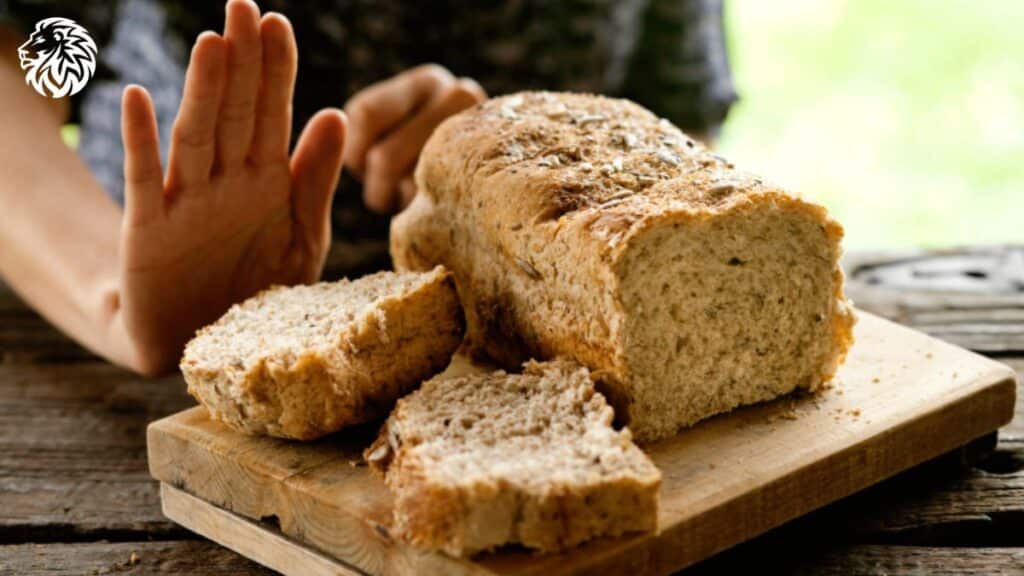
Combining regular exercise with a gluten-free diet can significantly enhance weight loss efforts and overall health. Exercise not only helps burn calories but also boosts metabolism, improves mood, and strengthens muscles. Selecting the right type of exercise and tailoring it to individual preferences and capabilities is key for long-term adherence and success.
- Types of Exercise Beneficial for Weight Loss:
- Cardiovascular Exercise: Activities like walking, running, cycling, and swimming increase heart rate and burn a significant number of calories. Cardio exercises are effective for burning fat and improving heart health.
- Strength Training: Lifting weights or using resistance bands helps build muscle mass. More muscle means a higher resting metabolic rate, which can aid in weight loss and body toning.
- High-Intensity Interval Training (HIIT): HIIT involves short bursts of intense exercise followed by rest periods. It’s highly effective for burning calories in a shorter amount of time and boosting metabolism.
- Flexibility and Balance Exercises: Practices like yoga and Pilates improve flexibility, balance, and core strength. They also contribute to muscle toning and stress reduction.
- Tailoring Exercise Routines to Individual Preferences and Capabilities:
- Personal Interests: Choose activities that you enjoy. If you like being outdoors, consider jogging, hiking, or cycling. If you prefer group settings, group fitness classes or team sports might be more motivating.
- Fitness Level: It’s important to start at an appropriate fitness level and gradually increase intensity and duration to avoid injury and maintain motivation.
- Time and Accessibility: Consider how much time you can realistically dedicate to exercise and select activities that fit into your schedule and lifestyle. Home workouts can be a great option for those with limited time.
- Listening to Your Body: Especially important for those with gluten-related disorders, it’s crucial to listen to your body and adjust your exercise routine as needed. Some days might require lighter or more restorative activities like walking or yoga.
Incorporating a variety of exercises that you enjoy and that suit your individual health needs and lifestyle can make a significant difference in your weight loss journey and overall well-being. Exercise, coupled with a balanced gluten-free diet, forms a comprehensive approach to health that goes beyond weight loss, encompassing physical, mental, and emotional well-being.
Challenges and Solutions
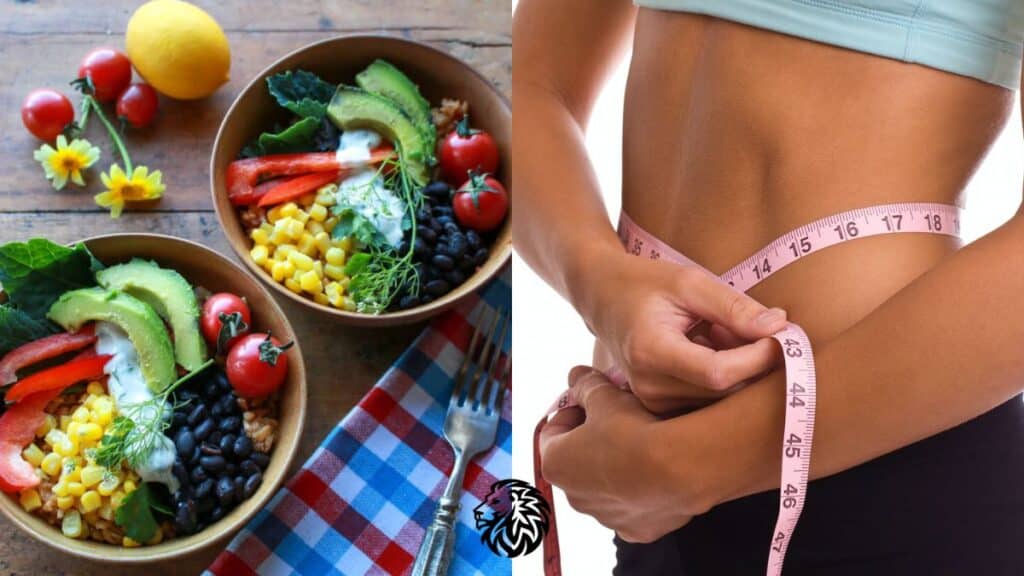
Adhering to a gluten-free diet for weight loss can present unique challenges, especially in social situations like dining out or attending events. However, with the right strategies, these challenges can be effectively managed.
- Challenges Faced on a Gluten-Free Diet for Weight Loss:
- Dining Out: Finding gluten-free options at restaurants can be difficult, and there’s always a risk of cross-contamination.
- Social Events: Social gatherings often revolve around food, and gluten-free, weight-loss-friendly options may be limited.
- Traveling: Maintaining a gluten-free diet while traveling can be challenging due to unfamiliar dining options and limited food choices.
- Time and Convenience: Preparing gluten-free meals can be more time-consuming, and convenient gluten-free options are often processed and not ideal for weight loss.
- Strategies to Overcome These Challenges:
- Research Restaurants in Advance: Look up menus online and call ahead to see if a restaurant can accommodate gluten-free diets. Many places now offer gluten-free menus or menu items.
- Communicate Dietary Needs: Don’t hesitate to communicate your dietary restrictions to hosts or restaurant staff. Most people are willing to accommodate if they are aware of your needs.
- Bring Your Own Food: When attending social events or traveling, consider bringing your own gluten-free snacks or meals to ensure you have safe and healthy options.
- Meal Prep and Planning: Dedicate time each week to meal planning and prep. This helps in managing a gluten-free diet more efficiently and aids in weight loss efforts.
- Focus on Whole Foods: Emphasize naturally gluten-free whole foods like fruits, vegetables, lean proteins, and gluten-free grains, which are generally easier to find and prepare.
- Utilize Gluten-Free Resources: Leverage gluten-free apps, websites, and cookbooks for meal ideas and tips for eating out and traveling.
By adopting these strategies, individuals on a gluten-free diet can navigate various social and practical challenges without compromising their weight loss goals or dietary restrictions. Preparation and communication are key, as is flexibility and patience in adapting to new situations while maintaining dietary needs.
Conclusion
Embarking on a gluten-free diet for weight loss can be a transformative journey, offering both challenges and rewards. The key points to remember include:
- Understanding Gluten-Free Diet: Recognize that a gluten-free diet primarily benefits those with celiac disease, non-celiac gluten sensitivity, or wheat allergy. However, it can also be an effective weight-loss strategy if done correctly.
- Basics of Weight Loss: Achieving weight loss on a gluten-free diet hinges on creating a caloric deficit through a balanced diet and regular exercise, not merely the absence of gluten.
- Nutritious Gluten-Free Foods: Emphasize whole, unprocessed foods like fruits, vegetables, lean proteins, and gluten-free grains. These foods are naturally gluten-free and support a healthy weight loss journey.
- Caution with Processed Gluten-Free Products: Be wary of processed gluten-free foods that can be high in calories, sugars, and unhealthy fats.
- Meal Planning and Preparation: Plan and prepare your meals to stay on track. This helps in managing portion sizes and ensuring a balanced intake of nutrients.
- Reading Labels and Gluten-Free Certification: For those with gluten-related disorders, understanding food labels and seeking gluten-free certification is crucial to avoid gluten exposure.
- Exercise as a Key Component: Incorporate a variety of exercises that you enjoy and that suit your fitness level. Exercise not only aids in weight loss but also improves overall health.
- Navigating Challenges: Be prepared for challenges such as dining out or attending social events, and have strategies in place to handle them.
As you embark on or continue your gluten-free journey for weight loss, remember that it’s about more than just removing gluten from your diet. It’s about making sustainable, healthy lifestyle changes that benefit your overall well-being. Approach this journey with patience, balance, and a focus on whole-body health. The goal is not just to lose weight but to nurture a healthier, happier you.
